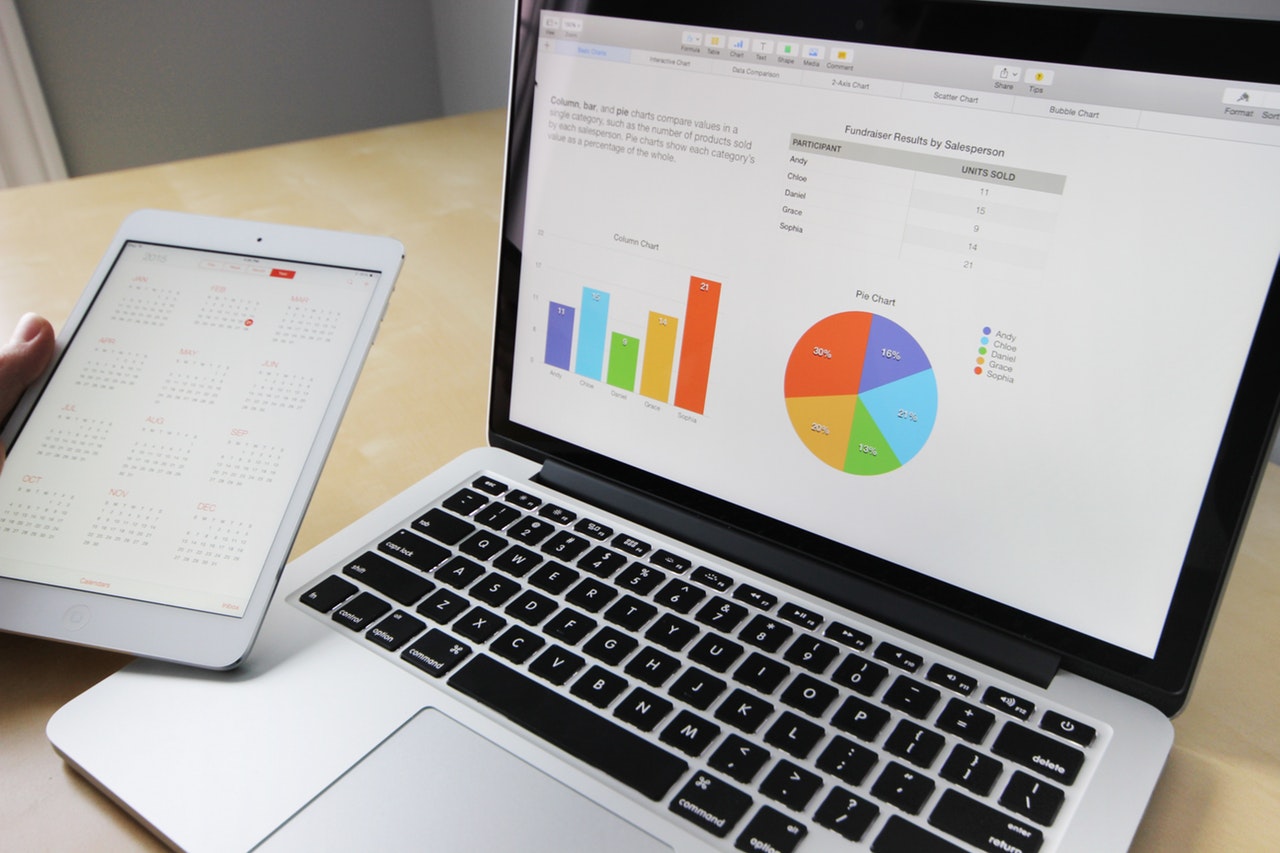What is ERP Integration?
Access to real-time data is often the most-telling difference between a company that does well in the long-run and one that struggles to make it to the next fiscal year. Given the fact that most windows of opportunity are time-sensitive, companies with access to real-time data can capitalize on them to earn substantial profits.
This is where ERP integration comes into the picture. When used correctly, the Enterprise Resource Planning (ERP) software program can help you plan out your actions, log your inventory, and capitalize on momentary windows of opportunity.
Here’s all you need to know about ERP software programs and ERP integration!
Let’s Start With The Basics – What Is An ERP Software Program?
As the name suggests, an Enterprise Resource Planning (ERP) software program enables the company’s think tank to optimize the organization’s financial dealings. From inventory control to order management and everything in between, you can optimize and automate to a greater degree which gives you a competitive edge over your rivals in the open market.
So, What Does ERP Integration Do?
The biggest mistake that businesses make when using an ERP system is using independently of their existing corporate resources. Granted that the ERP software program is a powerful tool to have in your arsenal, but it should never be used independently.
The simplest way to yield the advertised benefits of an ERP software program is by integrating it with your existing resources. Simply put, ERP Integration increases your chances of success in the open market as it ensures that there are no gaps between your existing resources and your long-term plans.
Types of ERP Integration:
Generally speaking, ERP integration can be classified into four types (also called levels), namely:
1. User-Interface Level Integration:
Simply put, the User-Interface Level ERP integration is the integration of the existing user interfaces of multiple applications into a unified framework that facilitates a smoother transfer of data from one app to another.
2. Application Level Integration:
As the name suggests, Application Interface Level Integration entails the integration of datasets from different applications. A data set is extracted from a current application, converted into a format that is compatible with the secondary application, and is then sent to the secondary app for storage, modification, and/or propagation.
3. Method Level Integration:
It’s easier to understand how Method Level ERP Integration works now that we know the basics of Application Level Integration. Instead of sending business functions (as we did in the later), the former entails the transfer of common business logics.
4. Data Level Integration
Simply put, Data Level ERP Integration entails the integration and synchronization of all sets of data and information in the company’s possession. This is most commonly achieved via the help of ETL (Extract, Transform and Load) protocols.
 How to Benefit From ERP Software?
How to Benefit From ERP Software?
If you’re convinced about the merits of the average ERP software program and want to invest in such a solution, the OpenPro team would love to help! We provide robust and reliable accounting software for manufacturing businesses that will elevate your financial practices!
Contact us today to learn how you stand to benefit from our small business asset management software.




